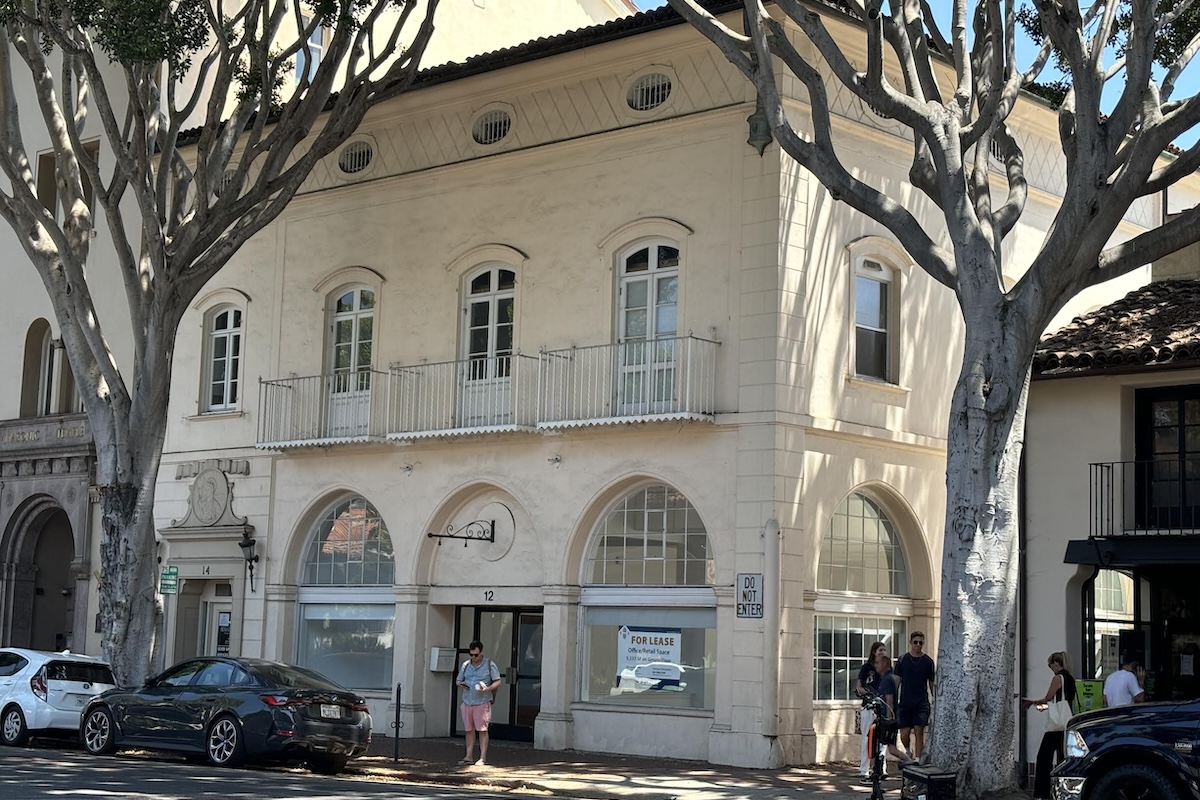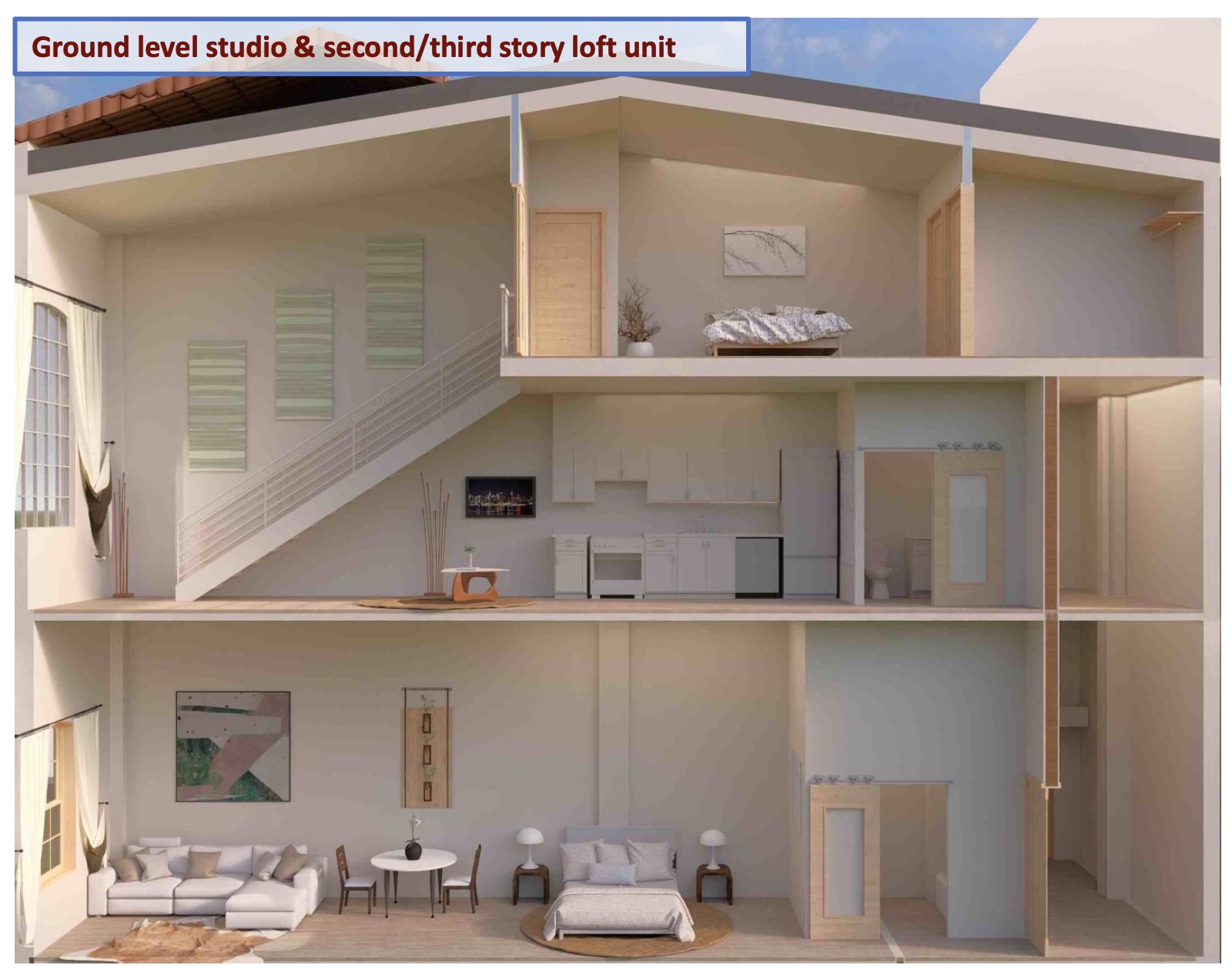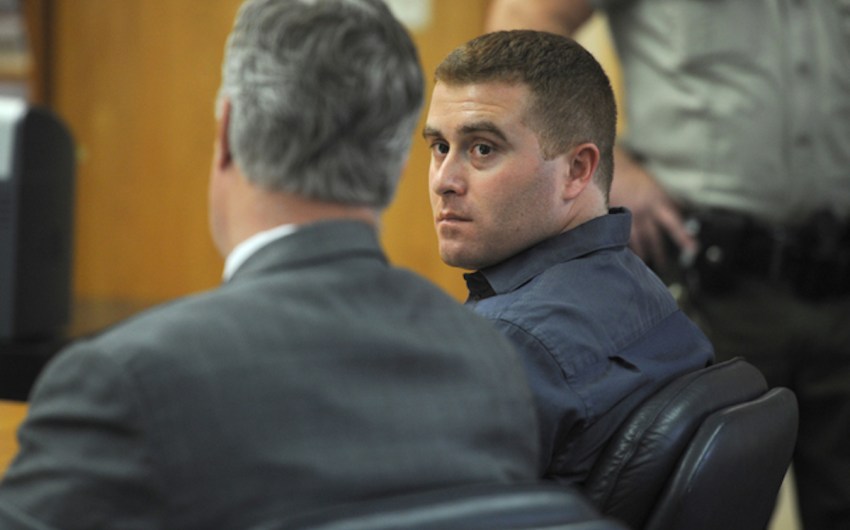A Second Yardi Project Proposes 14 Homes in Downtown Santa Barbara
Brothers Jason and Kevin Yardi Look to Repurpose 12 East Carrillo Street

What once housed the local Chamber of Commerce at 12 East Carrillo Street until 1948, then Hunt’s China Shop until the mid-‘80s, may become 14 new homes courtesy of Jason Yardi and his younger brother Kevin Yardi. Downtown observers will remember that Jason Yardi adapted the Sur La Table store at 821 State Street into 14 studio apartments in what must be a land-speed record for the City of Santa Barbara. The project went from entitlement to open house in just over one year.
That adaptive-reuse project, Yardi’s consiglieri Ben Romo noted, is very different from the one proposed for Carrillo Street. Yardi donated the State Street property to the Housing Authority of the City of Santa Barbara, which is a grand master at getting projects built in the city; three of the units were low-income and one was moderately priced. All were between 285 and 550 square feet, are now fully occupied, with the waitlist 200 persons long. Half the downstairs is leased as retail; another 6,000 square feet of office space is upstairs. Constructing the living and common areas came to $319 per square foot.
Carrillo Street, on the other hand, is a for-profit venture, Romo said, but with a rate-of-return of only 5 percent, much less than the general developer preference of 10-15 percent. The 0.15-acre lot is zoned “multi-story office building,” which allows residential at 9.5 units. A mix of state bonus density and the city’s average unit-size density (AUD) mathematics brings the total to 14 apartments, one of which will be priced for low-income and one for moderate-income tenants. Costs are controlled for low- and moderate-income tenants based on the amount of income: Currently, a studio runs between $805 and $1,931 among the two income categories, Romo said. The market-rate-unit cost won’t become known until the project is completed: “However, our general mindset is to keep rents below market so we can serve locals, keep tenants stable in their housing, and avoid turnover,” Romo said.
The new project takes advantage of a barrel-vaulted ceiling to create seven lofts on the second floor and a one-bedroom apartment. The first floor is to hold two one-bedrooms and four studios. While bike storage will be onsite, the land is exempt from vehicle parking requirements as it is one block from the Transit Center — and eight blocks from the train station and two blocks from a bike shop. Like the State Street project, Brian Cearnal is on board as architect.

The project is something of a proof-of-concept experiment for the Yardi brothers, much like 821 State Street. When the housing became available at the State Street project, the question was whether anyone would live in several hundred square feet, with only interior windows to the second-floor skylight. The answer is clearly “yes” when market-rate studios rent at around $1,850.
For Carrillo Street, Romo explained, the project takes advantage of the good bones of the existing building. “It’s not new construction. It generates zero traffic trips or even less than that,” he said. “The priority is to incentivize housing in the downtown area and reduce costs as much as possible in order to make 5 percent workable.”
What Romo contends would work even better is for City Hall to drop the lower-income inclusionary requirement and cut the rules that hinder building renovation. “I’m confident that fewer than half the buildings downtown could be candidates for what is essentially a tenant improvement,” Romo expounded. “You have to find the right layout, orientation of windows, construction type. If you move one inch of dirt, you’d trigger storm water regulations that would require you to retain all runoff onsite. That’d kill a project.”

There’s a reason the real estate mantra is “location, location, location,” but a certain amount of civic mindedness doesn’t hurt. The city’s architectural historian, Nicole Hernandez, noted that the project intended to restore the trio of arched windows facing Carrillo Street, which currently has a door in the middle of it. Renovations to a structure deemed historic means the façade must be retained, but the interior may be altered, Hernandez said: “They’re doing such minimal changes.”
The Historic Landmarks Commission commented favorably on the project and set it for the next consent calendar, usually a positive sign, Romo said. The next step would be entitlements and permits to proceed.
If the project is an experiment, it’s one that sits well in its surroundings. The report Hernandez wrote in 2022, which names 12 East Carrillo a Structure of Merit, notes that its details “exemplify methods of construction, craftsmanship, attention to detail and artistry reflective of the Italian Mediterranean style.” The building sits next door to the Masonic Temple, a Spanish Colonial Revival structure, and across the street from the Carrillo-Hill Adobe: “The street as a whole reads as uniquely Santa Barbara as it reflects when the City deliberately transformed its architecture and look from an ordinary western style town…”











You must be logged in to post a comment.